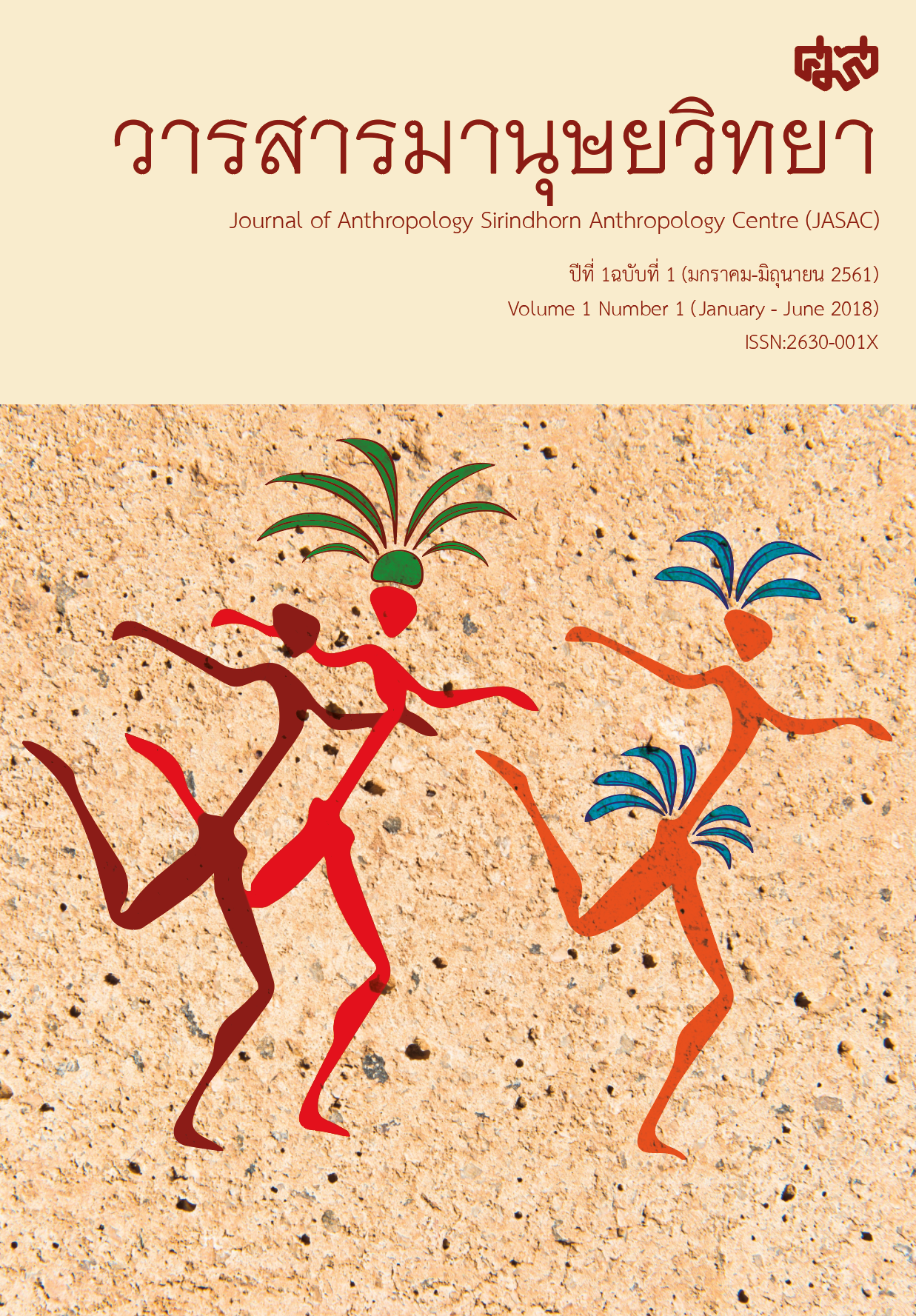มนุษย์สมัยใหม่รุ่นบุกเบิกในเอเชียตะวันออกเฉียงใต้: ซากบรรพชีวินและหลักฐานโบราณคดี
Main Article Content
บทคัดย่อ
บทความนี้นาเสนอหลักฐานซากบรรพชีวิน (ชิ้นส่วนกระดูก กะโหลก และฟัน) และหลักฐานโบราณคดี (โบราณวัตถุ ภาพเขียน หลุมฝังศพ และแหล่งผลิตเครื่องมือ) เกี่ยวกับการเข้ามาอยู่อาศัยของมนุษย์ที่มีลักษณะทางกายวิภาคเหมือนสมัยใหม่ (anatomically modern humans หรือเรียกกันในชื่อย่อว่า AMH) หรือ โฮโม เซเปียนส์ รุ่นบุกเบิก ในเอเชียตะวันออกเฉียงใต้ (ทั้งภาคพื้นแผ่นดินใหญ่และภาคพื้นหมู่เกาะ) ในช่วงตอนปลายของยุคไพลสโตซีน หรือช่วงเวลาประมาณ 70,000 12,000 ปีมาแล้ว หลักฐานทั้งซากบรรพชีวินและหลักฐานโบราณคดีบ่งชี้ว่ามนุษย์สมัยใหม่รุ่นแรก ๆ ปรับตัวได้ดีในสภาพแวดล้อมที่มีความหลากหลายทางชีวภาพและ มีพัฒนาการด้านวัฒนธรรมที่สืบต่อเนื่องมาจนถึงสมัยหลัง
Article Details
ลิขสิทธิ์@ของวารสารมานุษยวิทยา
ศูนย์มานุษยวิทยาสิรินธร (องค์การมหาชน), กรุงเทพฯ, ประเทศไทย
ข้อมูลเพิ่มเติม:
https://creativecommons.org/licenses/by-nc-nd/4.0/


